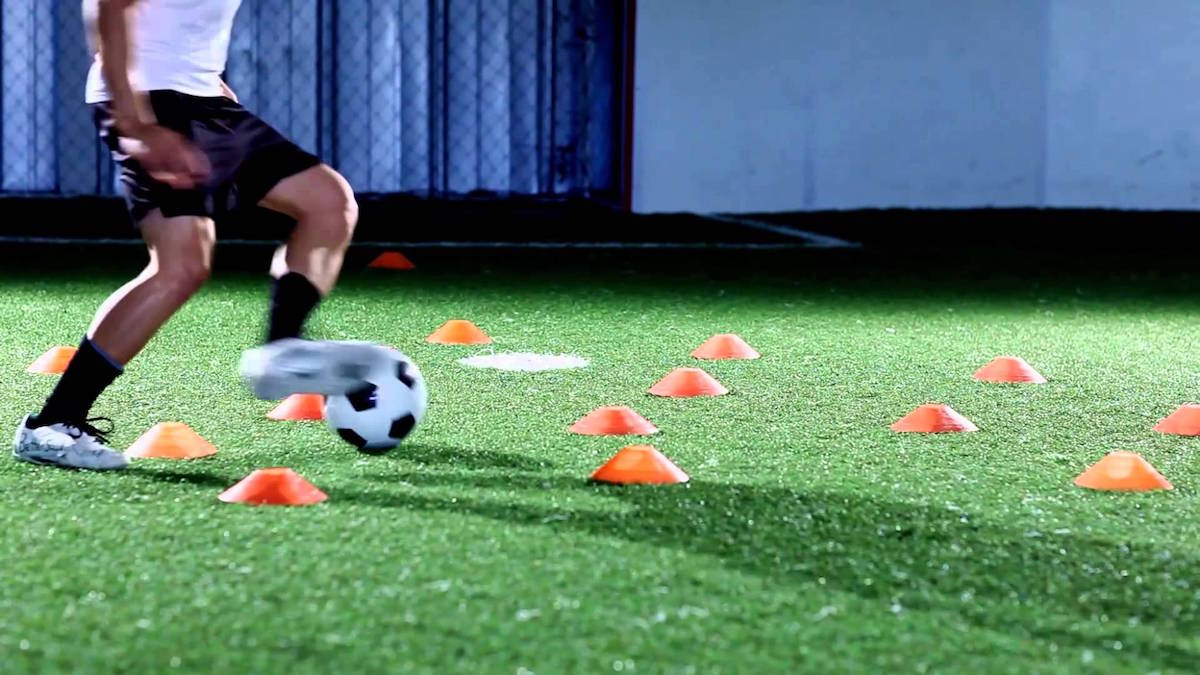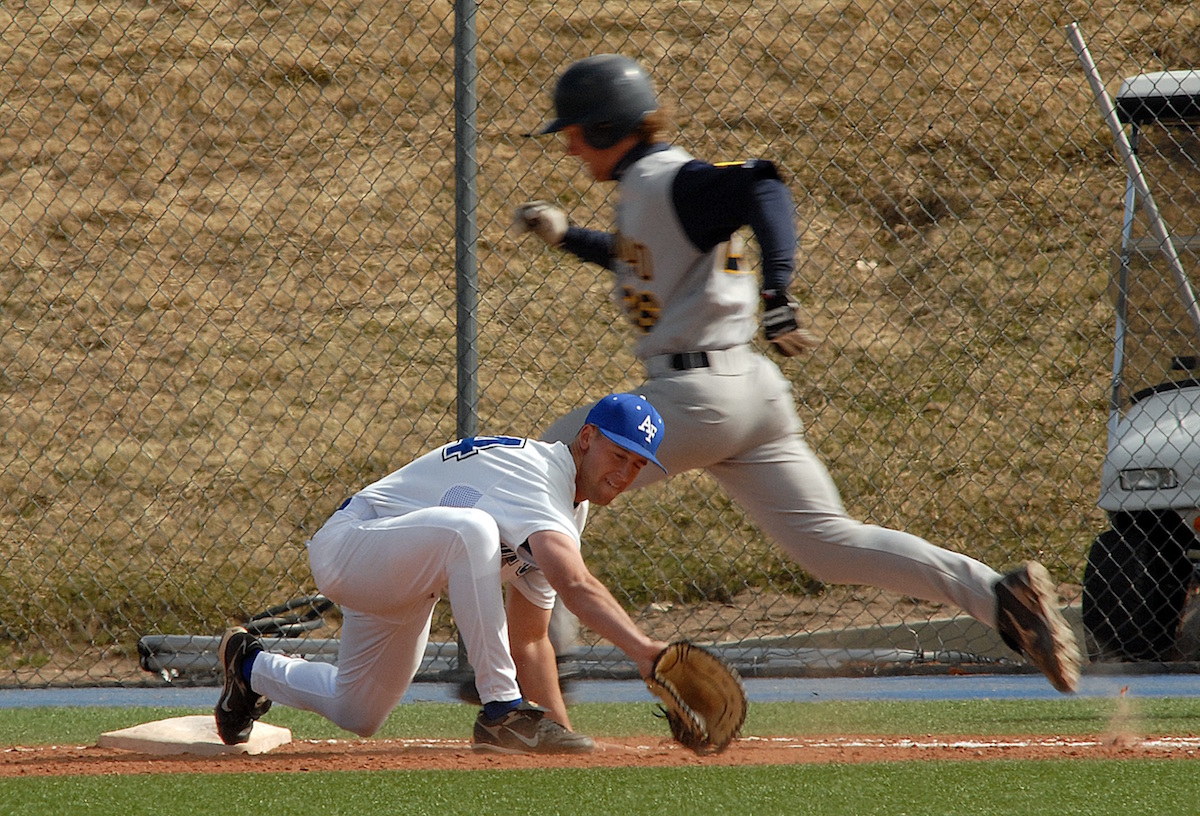The concept of post activation potentiation has been around for a long time. When I was starting out it was known as complex training. The idea being that if you perform a very heavy (and slow) strength exercise, it can have a positive effect on an explosive movement if that movement is performed in the proper time window after the slow strength movement. For example, squats and vertical jumps. The idea being that the slow strength move heavily recruits the nervous system, primes it in a sense, and the power movement takes advantage of that priming.
One of the challenges with post activation potentiation (PAP) is that it may require a great deal of time to get a response. For example, in a study by Seitz et al (2016), they cite studies that show it takes seven to almost 19 minutes to get a PAP affect from a heavy set of strength training. This is a long time and it also makes the workout take a lot longer than we may have the luxury of allowing.
Based upon other research, the authors of this study postulated that accommodating resistance (i.e. bands) used in conjunction with strength training might shorten the window of time required for a PAP to occur.
To test this, the authors studied ~18 year old rugby league players. They were divided into two groups. The first group warmed up with 2 maximal effort standing broad jumps, then performed 4 paused (~2 seconds) box squat with bands that combined had the athletes do reps with approximately 45% of 1-RM and then 2 paused box squats with about 65% of 1-RM. Next, that group did two repetitions of paused box squats with approximately 85% of weight/band tension followed by 90 seconds and then two maximal effort standing broad jumps. This was repeated four times.
The second group, which was the control group, warmed up on the box squats with 45% and 65% of 1-RM just like the first group. But instead of doing the 85% sets they only performed two maximal effort standing broad jumps for four sets.
Results:
- Standing long jump distances were greater during every set of the box squat protocol when compared to just performing standing long jumps alone.
- The effect was larger for stronger athletes.
- There was also a correlation between relative back squat strength (i.e. back squat 1-RM divided by body weight) and the PAP response.
There’s been research for a number of years suggesting that PAP (and indeed even plyometrics) is more effective for stronger athletes. This is another study that points us in that direction. Helps to reinforce the importance of strength for power.
A second point to take home from this study is the fact that PAP can work with horizontal exercises. Most PAP research focused on vertical exercises like the vertical jump. This is important because many athletes are concerned with exerting force horizontally whether it is jumping, sprinting, throwing, or kicking. This is also important because a horizontal strength exercise (the box squats) was used to create the PAP effect.
Finally, note that the PAP effect occurred after 90 seconds. It did not take seven to twenty minutes to develop. This is a much better use of an athlete’s time!
Seitz, L.B., Mina, M.A., and G.G. Haff. (2016). Postactivation potentiation of horizontal jump performance across multiple sets of a contrast protocol. Journal of Strength and Conditioning Research, 30(10), 2733-2740.



